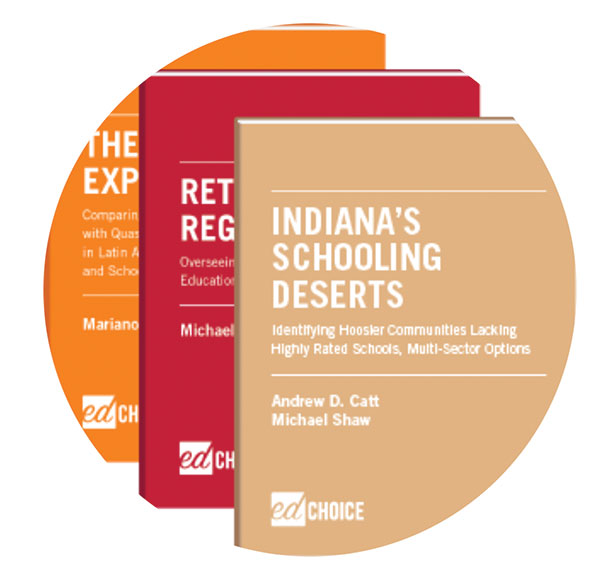
(NAPSI)—The U.S. Department of Education reports that nearly 57 million children will go to shool in America this year. Some of them live in what are known as “education deserts,” but fortunately, there are solutions.
Mapping School Deserts
A new study used geospatial analysis software to map families’ drive times to schools, whether public, magnet, charter or voucher-accepting private schools. It discovered three kinds of deserts:
- In A-rated school deserts, no A-rated schools of any kind are within a 30-minute drive for families in a given area;
- In choice deserts, no options such as charter, magnet or voucher-participating schools exist within a 30-minute drive for families, other than the zoned traditional public school;
- In educational opportunity zone deserts, families’ only option within a 30-minute drive radius is a D- or F-rated traditional public school.
The study also found that even in places considered to be choice-rich when it comes to education, such as the state of Indiana, access to quality schools is not universal.
The report on Indiana’s Schooling Deserts found that more than 100,000 families choose a school for their children other than the one that was residentially assigned.
Maps produced for the report show where families do not have options when it comes to highly rated or nontraditional schooling options and where policymakers and education entrepreneurs might find opportunity to support or grow more high-quality options.
The Good News
Nine out of 10 Hoosier families are a 15-minute drive or less from an A-rated K−8 school of any type (public, private or charter) and a 21-minute drive from an A-rated high school of any type. All Indiana students are within 45 minutes of an A-rated school of any type.
The Bad News
Nevertheless, there are 24,810 K−8 students who live in a choice desert, meaning they are 30 minutes or more away from a K−8 other than the zoned public school. That number jumps significantly for high schoolers—45,072 students live in a high school choice desert.
Certain parts of the state are struggling to provide quality regardless of school type. About 7,000 K−8 students and about 400 high school students attend the D- or F-rated schools, according to the map.
Who Can Help
The study was conducted on behalf of EdChoice, a nonprofit, nonpartisan organization dedicated to advancing full and unencumbered educational choice as the best pathway to successful lives and a stronger society. It believes that families, not bureaucrats, are best equipped to make K−12 schooling decisions for their children and works to educate diverse audiences, train advocates and engage policymakers on the benefits of high-quality school choice programs.
Learn More
To view an interactive map and school choice dashboard to see which programs are available for children you care about, go to www.edchoice.org.
“A new report used mapping software to generate drive-time distances to different types and quality of schools. http://bit.ly/2QpTJ05”
